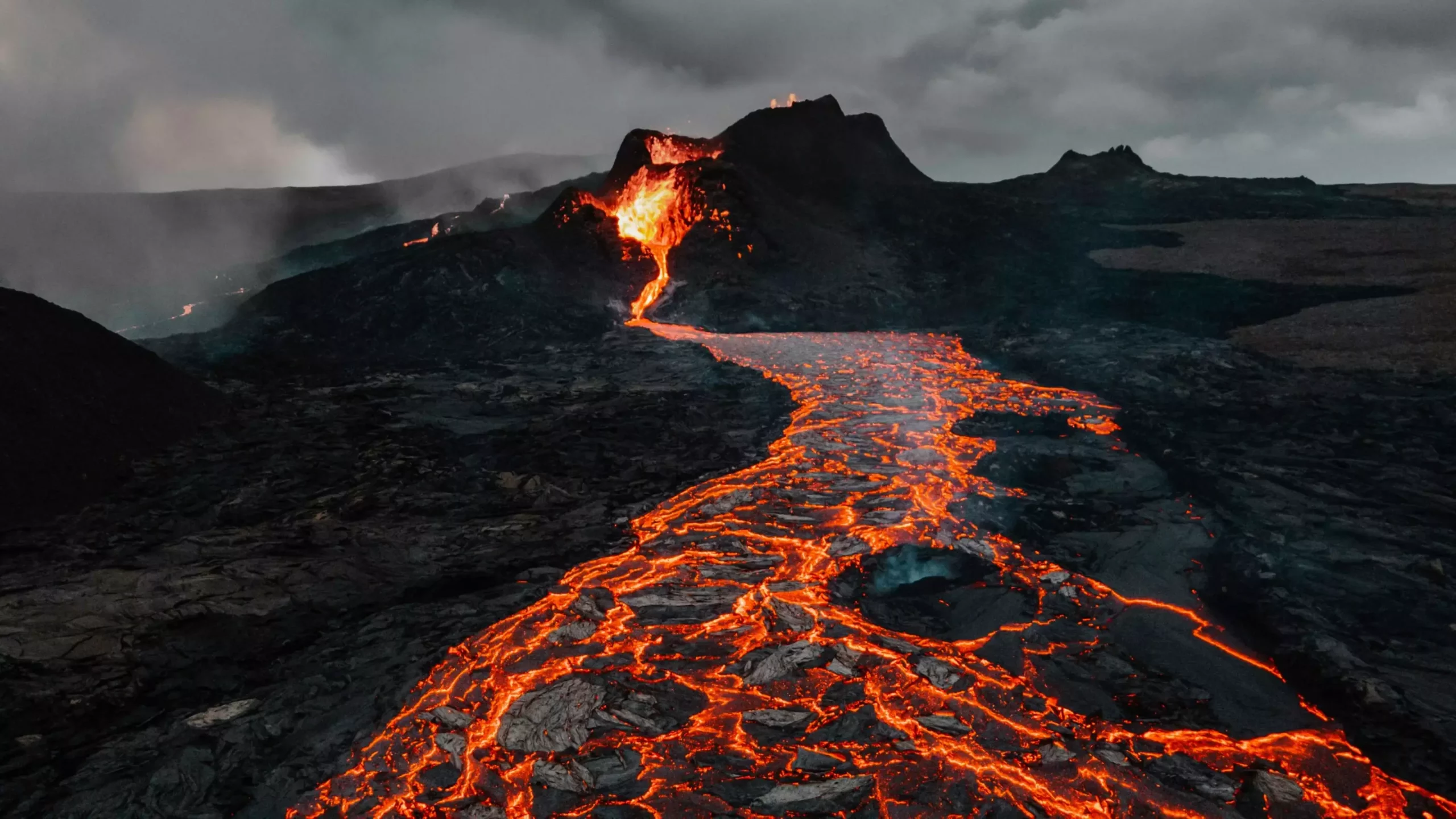Nature has always held the answers to humanity’s most pressing challenges, and when it comes to understanding global warming, looking at Earth’s geological history can provide a unique, long-term perspective. Throughout history, the planet has experienced periods of catastrophic volcanic eruptions that spewed vast amounts of carbon into the atmosphere and oceans, triggering rapid climate warming and leading to mass extinctions on land and in marine ecosystems.
An international team of Earth and environmental scientists from ETH Zurich, University of Arizona, University of Leeds, CNRS Toulouse, and the Swiss Federal Institute for Forest Snow and Landscape Research (WSL) conducted a study on how vegetation responds and evolves in the face of major climatic shifts. The researchers aimed to understand how these shifts impact Earth’s natural carbon-climate regulation system.
The team’s findings, published in the journal Science, shed light on how Earth’s systems respond to intense carbon release from volcanic activity in different scenarios. They focused on three significant climatic shifts in geological history, including the Siberian Traps event that triggered the Permian-Triassic mass extinction approximately 252 million years ago.
During the Siberian Traps event, around 40,000 gigatons of carbon were released into the atmosphere over 200,000 years, leading to a drastic increase in global average temperatures and the most severe extinction event in Earth’s geological record. The recovery of vegetation from this event took millions of years, weakening Earth’s carbon-climate regulation system and resulting in prolonged climate warming.
The researchers found that the severity of such events depends on how quickly emitted carbon can be sequestered through processes like silicate mineral weathering or organic carbon production, removing carbon from the atmosphere. The ability of vegetation to adapt to increasing temperatures also impacts the time it takes for the climate to reach a new equilibrium state. Some species evolve or migrate to cooler regions, while others face extinction due to the rapid and sustained temperature increase.
The study suggests that disruptions in vegetation can prolong and intensify climate warming, as seen in the geologic past. In extreme cases, it could take millions of years to restore a stable climatic equilibrium due to the reduced capacity of vegetation to regulate Earth’s carbon cycle. This has significant implications for the current global bioclimatic crisis, driven by human activities such as accelerated greenhouse gas emissions and widespread deforestation.
Professor Loïc Pellissier of ETH Zurich and WSL emphasizes the critical role of functioning vegetation in recovering from abrupt climatic changes. With the current pace of greenhouse gas emissions surpassing that of any previous volcanic event and human-induced deforestation weakening natural ecosystems, urgent action is needed to mitigate the impacts of climate change. Nature has shown us the consequences of disruption and the importance of preserving the delicate balance between Earth’s systems for the well-being of our planet and future generations.


Leave a Reply